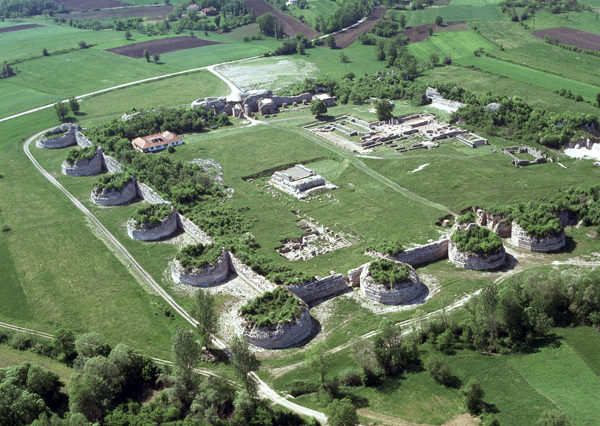Jana Skundrić (Archaeology) and János Tóth (Geography) combined as a “doctoral Tandem” their archaeological and geomorphologicial research on the late antique palace of Felix Romuliana and its surrounding.
Research
The research area lay in the valley of the Crni Timok river in Eastern Serbia and was focused on a late antique fortified palatial complex associated with the Emperor Galerius. The project employed several strategies, including archaeological and geomorphological surveys, in order to trace the development of the palace hinterland, thereby identifying its role within a central place model on a local level, its nature and function and its influence on the surrounding region. The hinterland’s central nature is particularly evident in economic terms, confirming earlier theories that metallurgy played a key role in the development of this region. Felix Romuliana could therefore have played a key role on a regional or wider scale, as it lies directly on the East-West axis connecting the Timok and Morava valley regions. This position suggests that it may have served as a central place in a network of smaller fortified sites located along this route. Furthermore, a reconstruction of settlement patterns via geomorphologicial and archaeological surveys aimed to establish to what extent geographical conditions influenced the formation, development and abandonment of these settlements from the Neolithic to the Medieval period.

The late antique imperial palace Felix Romuliana, viewing direction northwest
